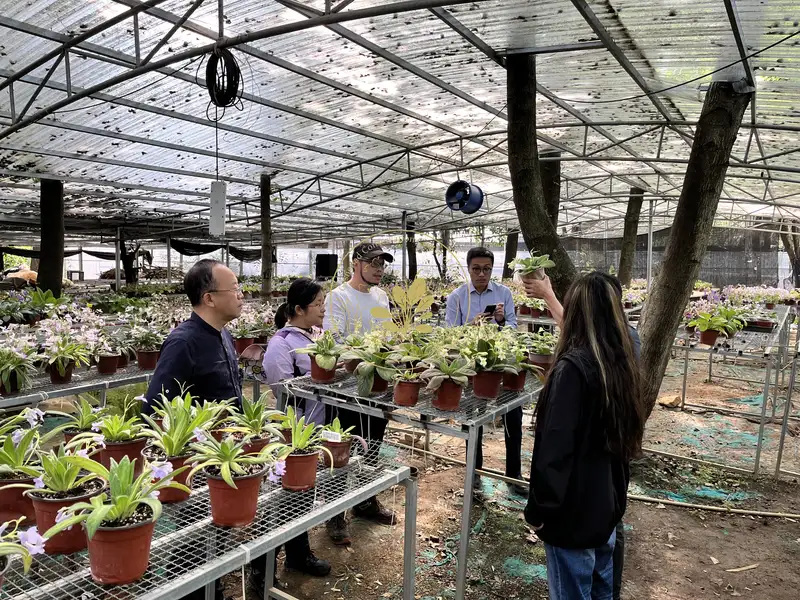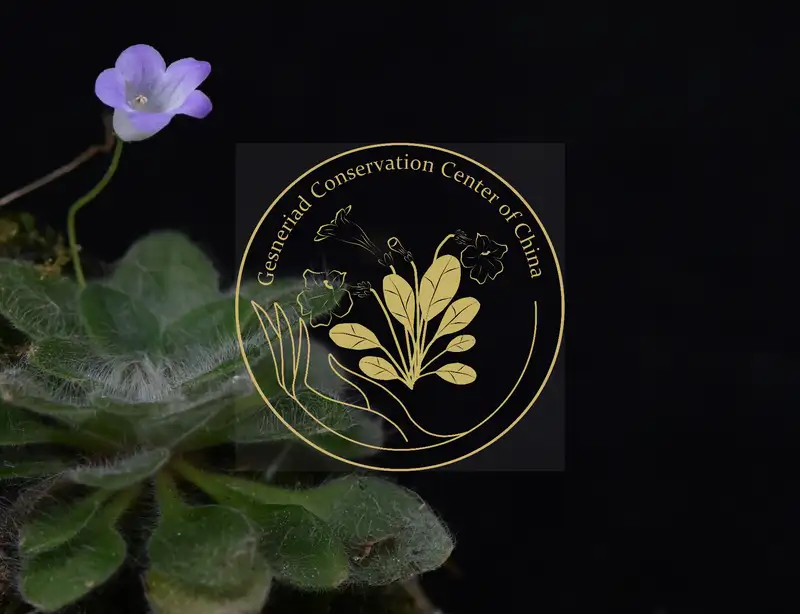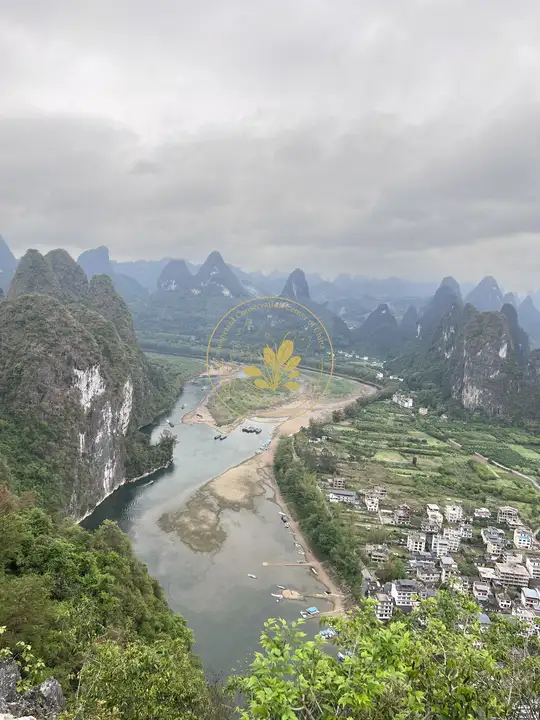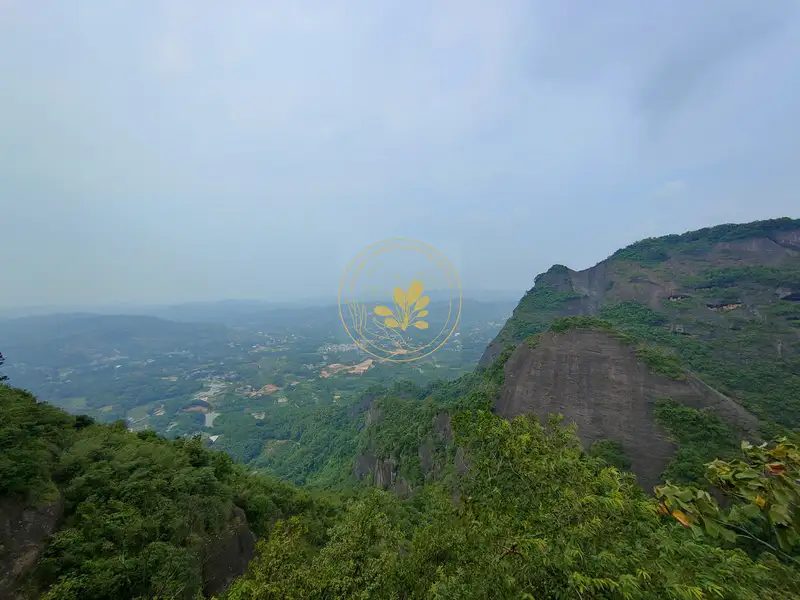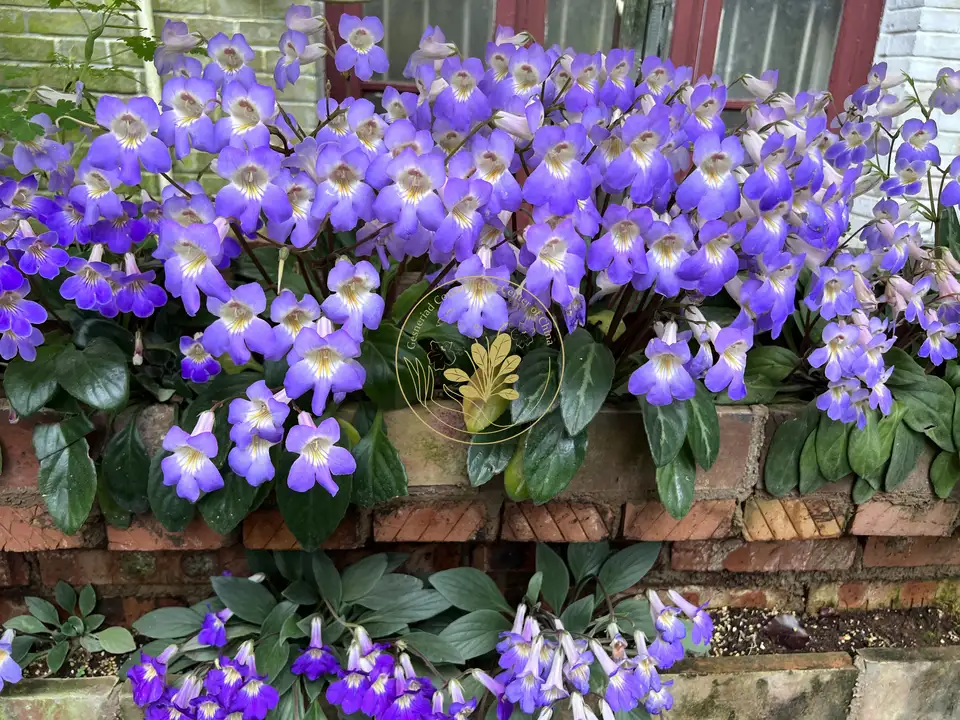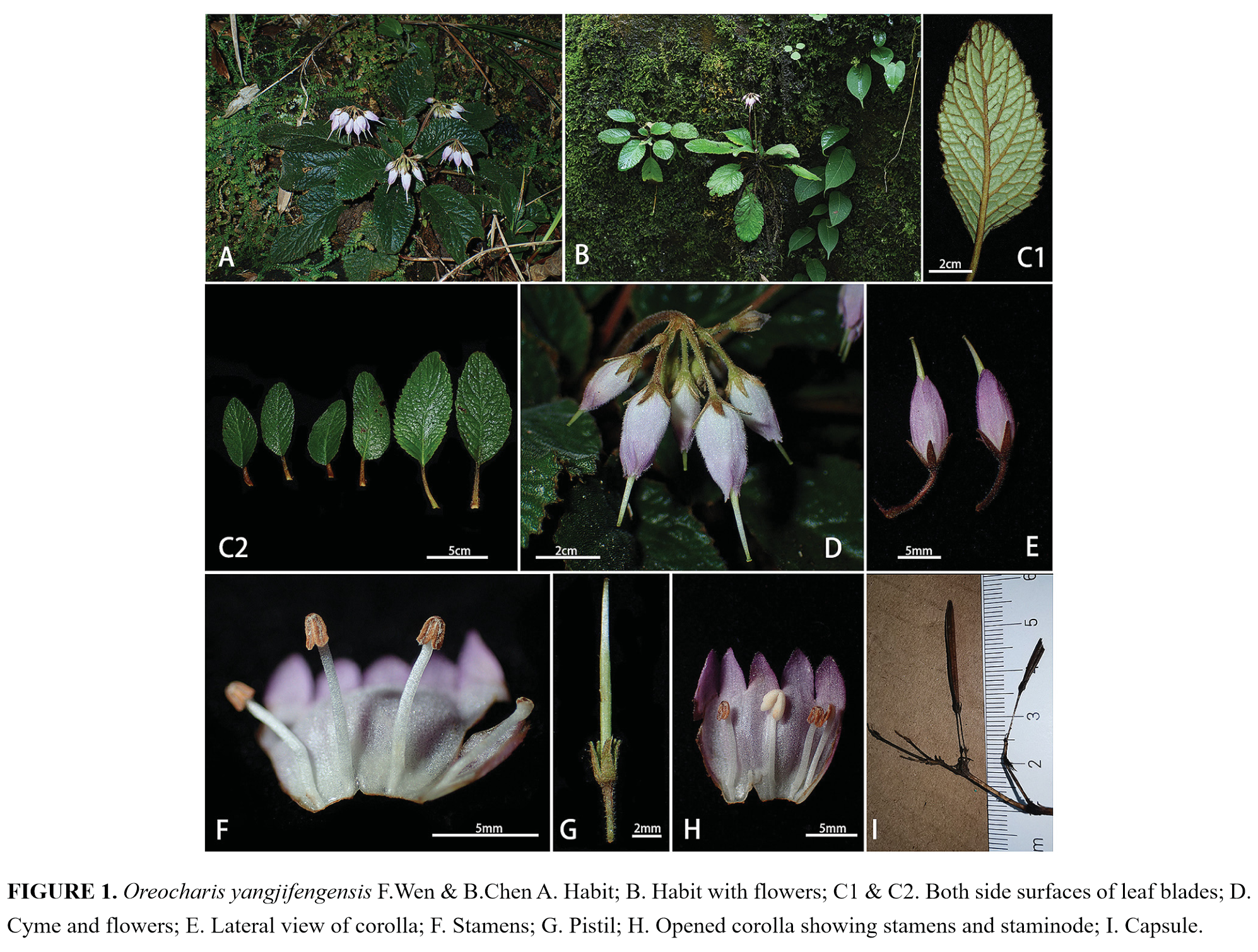Mr. Stephen Maciejewski as head of the Gesneriad Society delegation (seven
people) arrived in
The delegation of GS and the members and researchers from GCCC, Guilin
Botanical Garden and Anhui University investigated various scenic spots
(including valleys, Tiankengs (Sinkholes), caves, karst hills, Danxia landscapes)
to observe the survival current situation of Gesneriad plants in Guizhou,
Guangxi, Anhui, Jiangxi,. The main scenic spots are Longhu Mountain National
Forest Park, Wuyuan scenic area of
The members of the Gesneriad Society and accompanying persons found that the normal reproduction processes are being seriously affected by tourists’ behaviors, consciously or unconsciously, for example, getting flowers and bad influence on pollinators. In Ma Ling River Gorge, The population of Rhabdothamnopsis chinensis (Franch.) Hand.-Mazz. has disappeared now; the population of Primulina secundiflora (Chun) Mich. Moller & A. Weber is declining, only one population within ten individuals survives; the population of Petrocodon jingxiensis (Yan Liu, H.S.Gao & W.B.Xu) A.Weber & Mich.Möller practically disappears in Bama Hundred Demon Cave. We are very sorry for this pathetic status in some scenic spots.
In addition, there are two
directions for those populations of Gesneriad species which are distributed in
scenic spots to develop: (1) Local people are re-using the mountain and hill
fields to grow corn and other crops in several abandoned scenic spots so that some
populations of Gesneriad had been disappeared, such as Gyrocheilos chorisepalus W. T. Wang (Baise, Guangxi) and Allocheilos cortusiflorum W.T. Wang
(Xingyi, Guizhou); (2) Because of the huge base number of certain Gesneriad
species and fewer visitors in the scenic spots, and Gesneriad plants growing in
higher and remote places (generally keep out of reach of tourists), the
populations of several species of Chinese Gesneriad species remain stable or
increase slightly.At the same time, some species with a
huge population, such as Oreocharis
maximowiczii Clarke. This species are very common in
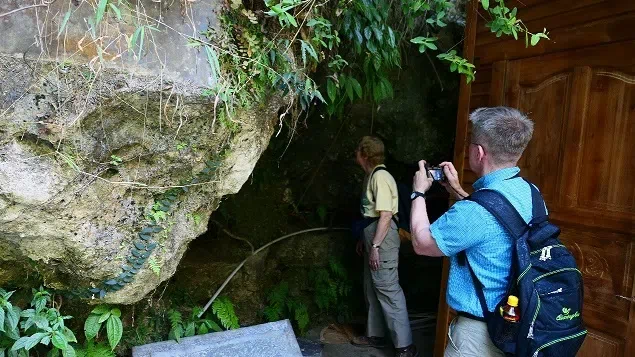
Fig. 1 Artificial buildings result in the approaching demise of the Petrocosmea cavaleriei Lévl. population in Ma Ling River Gorge
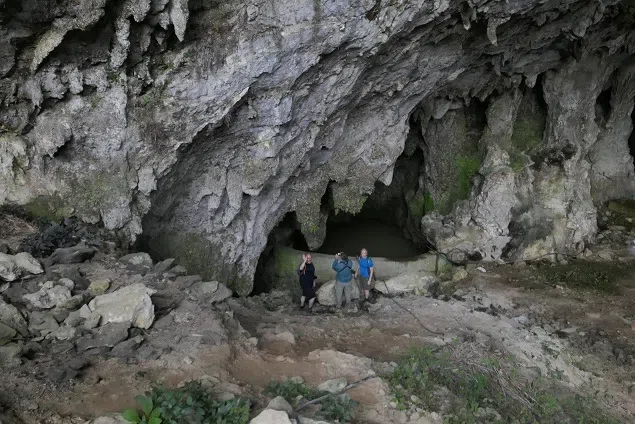
Fig. 2 The delegation members of the Gesneriad Society were observing the survival present situation of Petrocosmea martini (Lévl.) Lévl. By artificial building in Leye Tiankeng
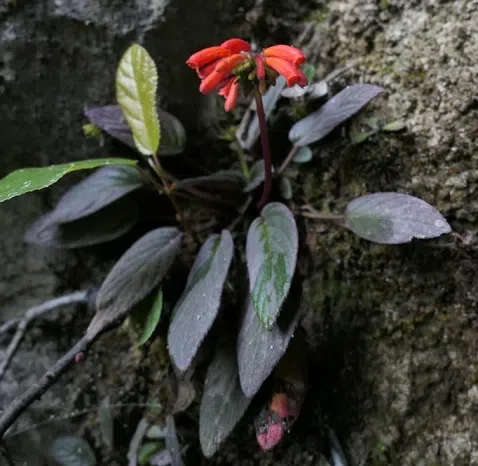
Fig. 3 A less common species, Petrocodon coccineus (C.Y.Wu ex H.W.Li) Y.Z.Wang
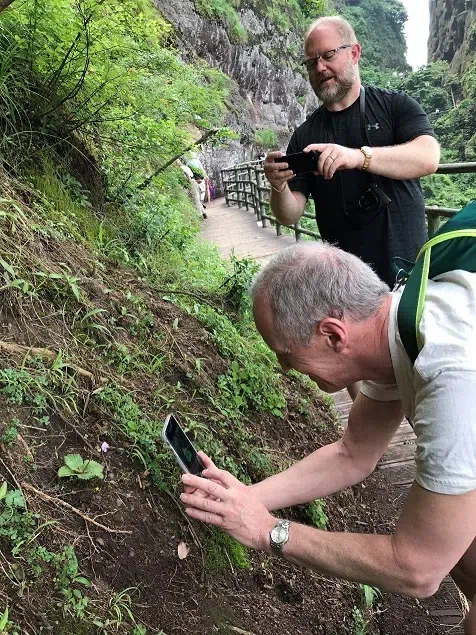
Fig. 4 The widespread species, Dorcoceras
hygrometrica Bunge, in
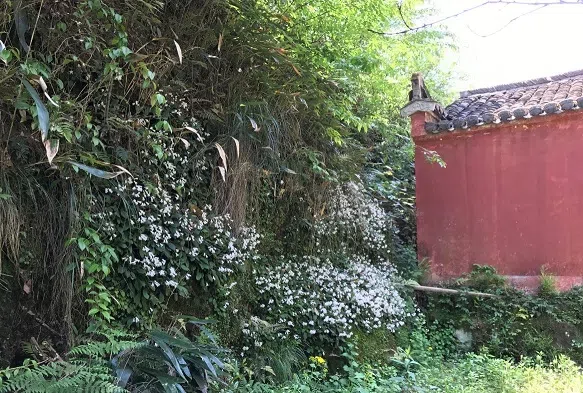
Fig. 5 The widespread species, Oreocharis maximowiczii Clarke, in blooming time (I)
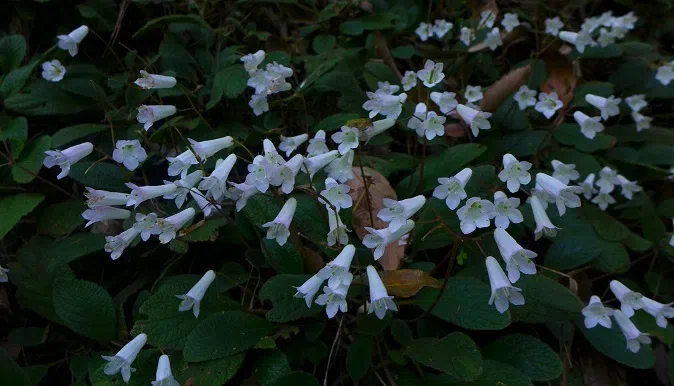
Fig. 6 The widespread species, Oreocharis maximowiczii Clarke, in blooming time (II)
In the process of investigation, the delegation members also visited some enthusiasts of Gesneriaceae plants. Then, they visited Guilin Botanical Garden and Gesneriad Conservation Center of China (GCCC).All members considered and praised the various efforts for Gesneriaceae plants conservation by GCCC and GCCC’s supporting institution (GXIB & GLBG), including various conservation works in greenhouses, display greenhouse, cultivation areas, outdoor wall-garden and caves area. GCCC also is making a good foundation for Gesneriaceae plants popularization of science.
The delegation members of the
Gesneriad Society also attended the branded
Ceremony of Gesneriad Conservation Center of China (Shenzhen) (
Dr. Wen Fang, Mr. Winston Groretsky and Mr. Stephen Maciejewski respectively made academic Presentations entitled "the history of Gesneriaceae plants, and Gesneriaceae plants in China, and Gesneriaceae plants survival, conservation in south China", "African Violet Society of America and The Gesneriad Society Visit China" and "Vietnam: unknown Gesneriads, leeches and bat boys" for undergraduate students and senior high school students in Anhui University and Anhui Hefei Runan College during the Gesneriad Society delegation members’ visiting. The purpose is to develop and increase the students' wide interest in Gesneriaceae plants classification and conservation.
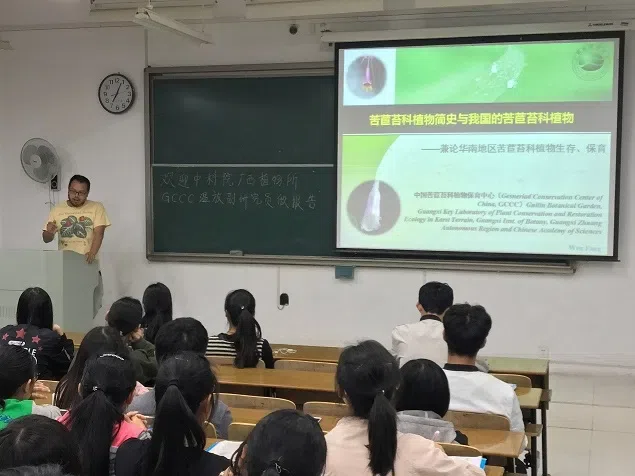
Fig. 7 Dr. Wen Fang is making the academic Presentation in
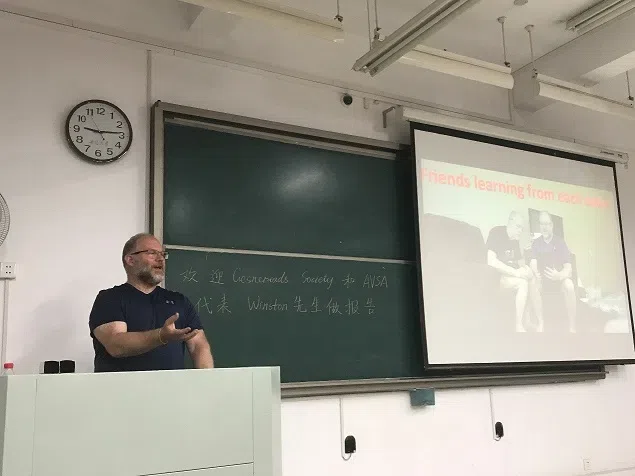
Fig. 8 Mr. Winston Groretsky is making
the academic Presentation in
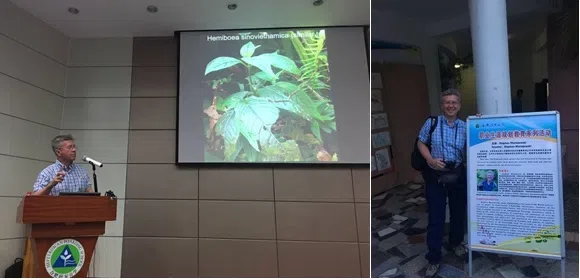
Fig. 9 Mr. Stephen Maciejewski is making the academic Presentation in
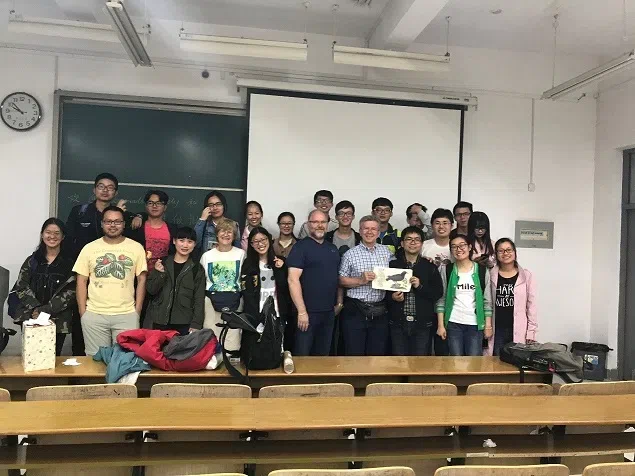
Fig. 10 the Gesneriad Society delegation members,
Dr. Wen Fang, Dr. Hong Xin, and teachers and students of



